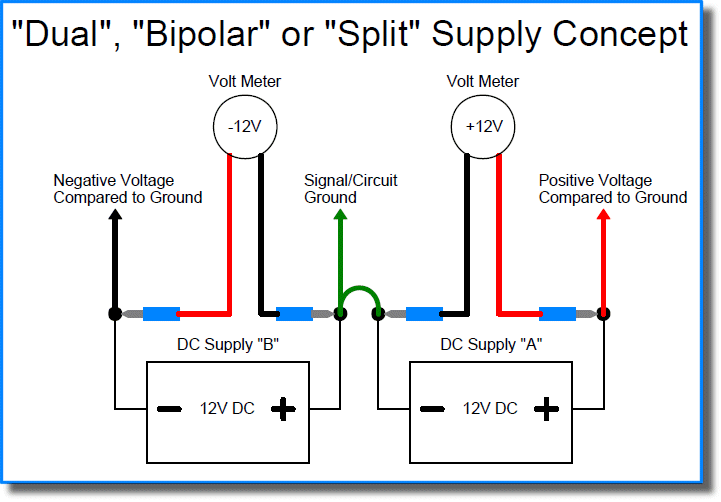Hi J303
If you fancy building your own split supply you can take a look at this (I’ve designed this layout and built it. I use it for my modular synth):
:12V Rack Power_1.02.fzz (55.9 KB)
It is based on the MFOS project here:
http://musicfromouterspace.com/analogsynth_new/WALLWARTSUPPLY/WALLWARTSUPPLY.php
There’s also some nice schematics on Hexinverters site of all the 909 drums and a few 808 voices too.
http://www.hexinverter.net/neinohnein-kick/
You might also find these parts useful:
RE: spilt power: You can make a battery powered split supply. Here’s a guide on how to do it:
Good luck,
Kevin.
